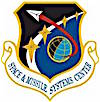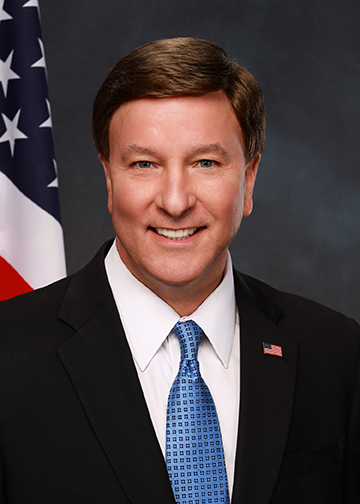
The U.S. Air Force last week selected the senior civilian and mobilization assistant for the deputy chief of staff for Space Operations Directorate, or "AF/A11." Shawn Barnes will serve as the assistant deputy chief of staff for Space Operations, and Maj. Gen. Pamela Lincoln has been named as the Mobilization assistant to the deputy chief of staff for Space Operations.
The U.S. Air Force last week selected the senior civilian and mobilization assistant for the deputy chief of staff for Space Operations Directorate, or "AF/A11." Shawn Barnes will serve as the assistant deputy chief of staff for Space Operations, and Maj. Gen. Pamela Lincoln has been named as the Mobilization assistant to the deputy chief of staff for Space Operations.
"Mr. Barnes and Maj. Gen. Lincoln are experienced leaders who will provide the vision and direction for our new Space Operations Directorate," said Secretary of the Air Force Heather Wilson. "This is one more element of the plan to ensure our space forces are organized, trained, and equipped to prevail in any conflict."
The initial cadre of the A11 has been identified and assigned, consisting of 43 military members, government civilians, and contractors. These professionals have formed the core of the organization and were set to begin initial operating capability Aug. 21, 2017. The A11 will be a strong and vocal advocate for space capabilities inside the Air Force and with our national security, commercial, and international partners.
"The A11 will be key to ensuring we link combatant commander and service space requirements with our capabilities," said Air Force Chief of Staff Gen. David L. Goldfein, the joint chief most responsible for military space forces. "We must ensure our space forces have the tools necessary to operate in any environment, defend our systems, and provide our joint force with vital space capabilities to remain the most responsive, agile and lethal on the planet."
This is one of several key initiatives the Air Force is pursuing to adapt its operations, processes and organizational structure to reflect the reality that space is a warfighting domain. To outpace emerging threats, the Air Force is also instituting a new space warfighting concept of operations, changing its space force training model, streamlining its acquisition processes, and designing more resilient and survivable space systems.
Air Force Chief of Staff Gen. David Goldfein noted the directorate aims to equip space forces with tools necessary to help them operate in various environments, to protect U.S. space systems, and provide space technology support to the joint force.
Principal Defense Space Advisor Role
At the Defense Department level, the secretary of the Air Force will continue to serve as the principal space advisor to the secretary of Defense over the next year, giving the Air Force and DoD leadership time to revalidate the current approach. As the principal advisor, Wilson has responsibilities to guide and advocate for space-related programs across all services and defense agencies. A staff comprised of joint personnel, to include Army and Navy representatives, will support her in this role and assist her in addressing each services’ space operations, acquisitions and space-related equities.
"While we are integrating and normalizing space on the Air Staff, we are also strengthening the integrated service staff supporting the principal DoD space advisor role so that major issues are addressed, operations and acquisition is streamlined and every service is heard when it comes to space," said Wilson in a June 16, 2017 press release regarding her PDSA role.
In related news, Inside GNSS reported earlier on reports of how congressional lawmakers planned to manage military space programs going forward.





